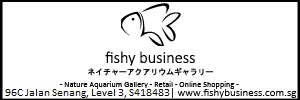The bacteria that convert ammonia (NH3) to nitrite (NO2) and the bacteria that convert nitrite (NO2) to nitrate (NO3) are made up of different species, and they grow and work at different speeds.
Its possible to see nitrite at zero, while nitrate shows readings, this is usually because one bacteria type happen to be more established or working faster than the other... its like a factory production line, if the worker in front is slower and the worker in the middle is faster, then the worker in the middle finish his job earlier and then look like he has not much work to do.
Does your test kit measure ammonia (NH3)? Because there may still be ammonia in the water column that is still yet to be processed. The tank is only considered cycled if both ammonia and nitrite stay consistently at zero, and only nitrate show readings (this has to be stable for at least a few days to be safe, not just a temporary cycle).
Btw, paper strip tests tend to be less accurate and display wider variations than liquid test kits, so do take the measurements as rough estimates, as the actual readings may be different.










 Reply With Quote
Reply With Quote



Bookmarks